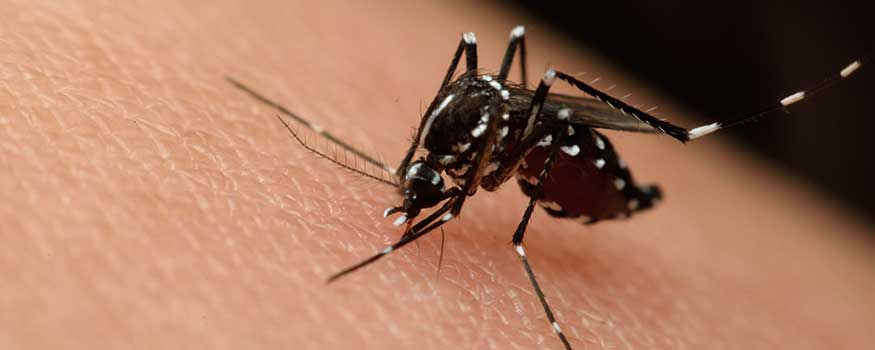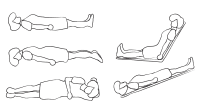More than half of U.S. college students traveled during spring break in 2015, with many heading to warm-weather destinations. Unfortunately, most top vacation locations for spring break also pose a risk for the Zika virus. While no longer a World Health Organization Public Health Emergency of International Concern, Zika remains a health challenge, particularly for those of childbearing age.
Transmission and symptoms
The Zika virus is transmitted to people primarily through the bite of an infected Aedes species mosquito (Ae. aegypti and Ae. albopictus). These same mosquitoes spread dengue, yellow fever, and chikungunya viruses. Zika also can be spread through sexual intercourse or be transmitted from mother to her fetus. Transmission through blood transfusion has been reported in other areas of the world, but not in the United States. In addition, transmission can occur through accidental exposure to tainted blood.
Up to 80% of those exposed to the virus are asymptomatic. Most signs and symptoms are mild and include muscle and joint pain, low-grade fever, rash, and conjunctivitis. Once a person has been infected, he or she is likely to be protected from future infections.
In some cases, Zika has triggered Guillain-Barré syndrome (GBS), an uncommon nervous system disorder in which a person’s own immune system damages the nerve cells, causing gradual muscle weakness, and in some patients, paralysis. The cause of GBS isn’t fully understood, although most patients report that an infection preceded symptoms, which can last a few weeks to several months. Most people fully recover from GBS, although some have permanent damage; in rare cases, deaths have occurred.
Pregnancy considerations
The most vulnerable for those exposed to Zika are women who are currently pregnant or who conceive shortly after exposure to the virus. According to the Centers for Disease Control and Prevention (CDC), congenital Zika syndrome is a pattern of birth defects found among fetuses and babies infected with Zika virus during pregnancy. The syndrome includes severe microcephaly, decreased brain tissue and brain damage, eye damage, joints with limited range of motion, and muscle rigidity.
The CDC currently advises women to wait 8 weeks and men to wait 6 months after potential exposure or Zika symptoms start before conception. If a woman travels to an area with Zika while pregnant, becomes pregnant soon after travel to that area, or is impregnated by a man who has traveled to an area with Zika, the CDC recommends prompt testing for the virus. At this time, no evidence exists that a Zika infection in a woman who is not pregnant would pose a risk for birth defects in future pregnancies after the virus has cleared from her blood.
Prevention strategies
The most effective strategy to prevent Zika exposure is simply not to travel to areas affected by the virus. If travel is unavoidable, refraining from sexual intercourse is strongly recommended. If engaging in sexual activities, condoms should be used from start to finish, every time during vaginal, anal, and oral sex. Other precautions include using Environment Protection Agency–registered insect repellent as directed. Finally, if staying in a room that is not well-screened and air conditioned, use a bed net when sleeping.
Be smart. Know and educate others about the risks for Zika. For the latest Zika-related travel information, go to wwwnc.cdc.gov/travel/page/zika-information.
Sharon A. Morgan is a senior policy advisor in Nursing Practice & Work Environment at ANA.



















1 Comment.
People need to know that this will be in their neighborhoods and cannot think it will not affect them, us here in the United States. It is our responsibility to prevent people from putting their heads in the sand.
Respectfully,
Eloisa Bustamante-Sprouse